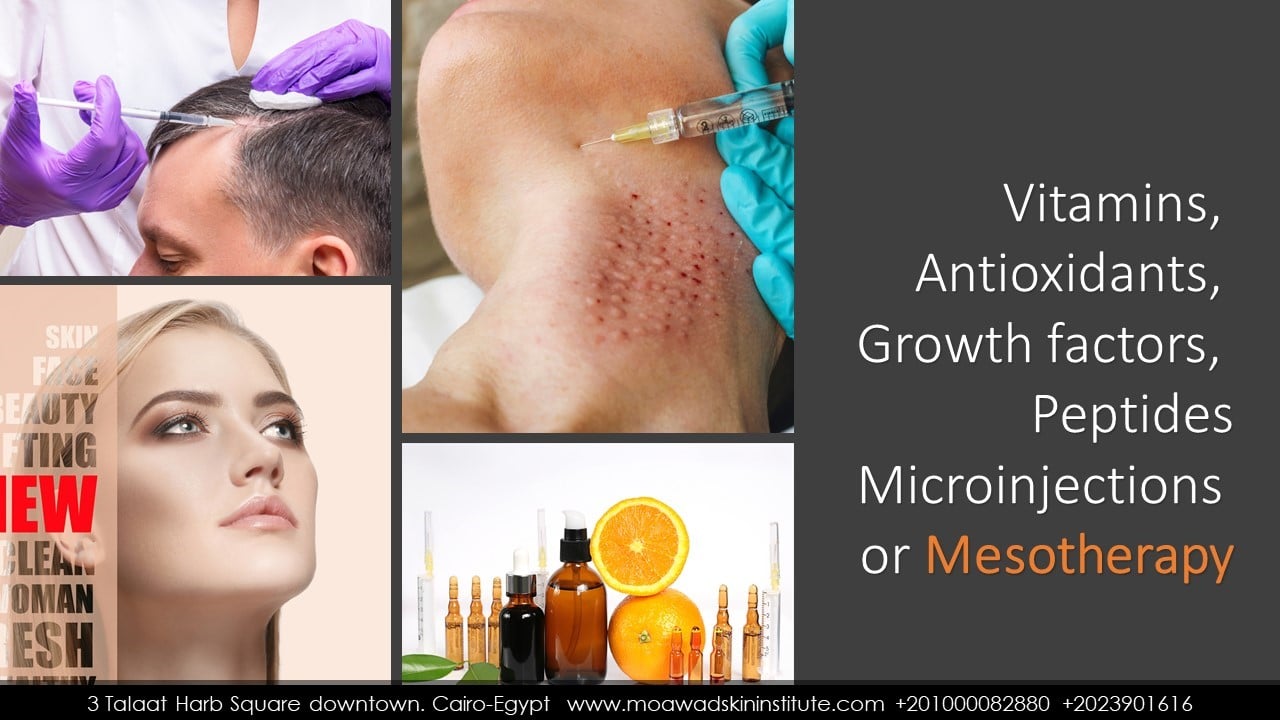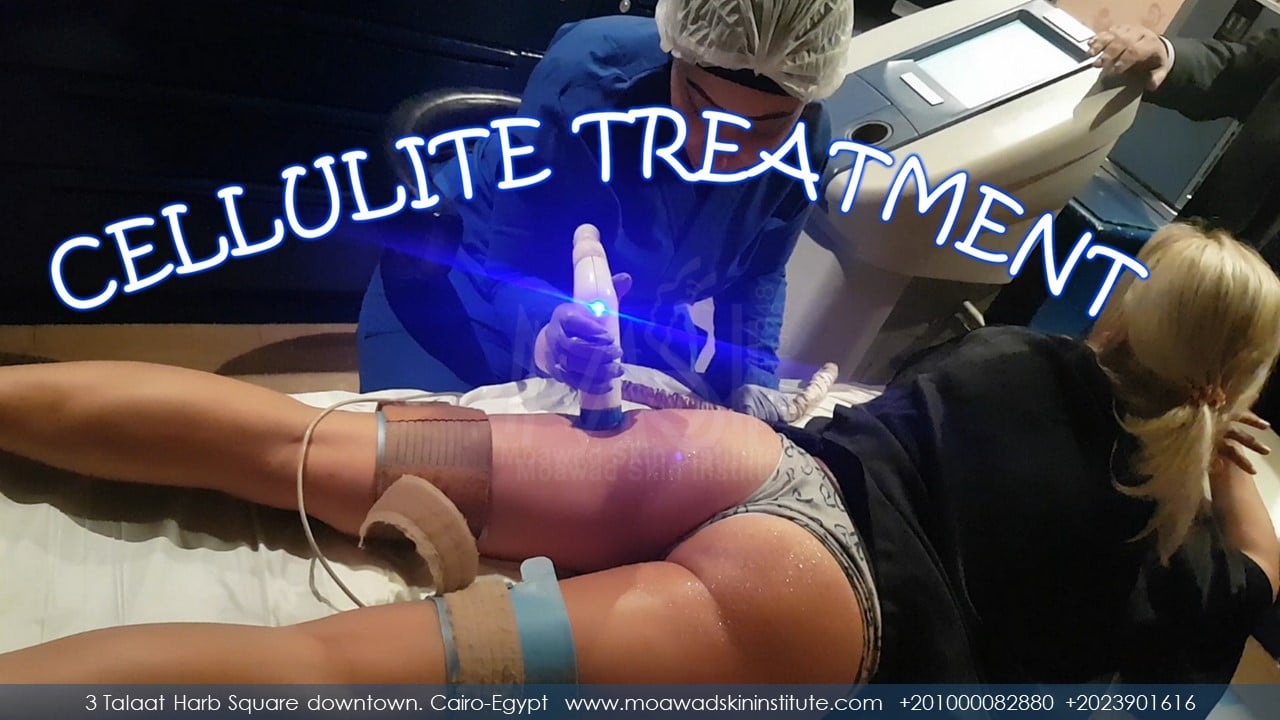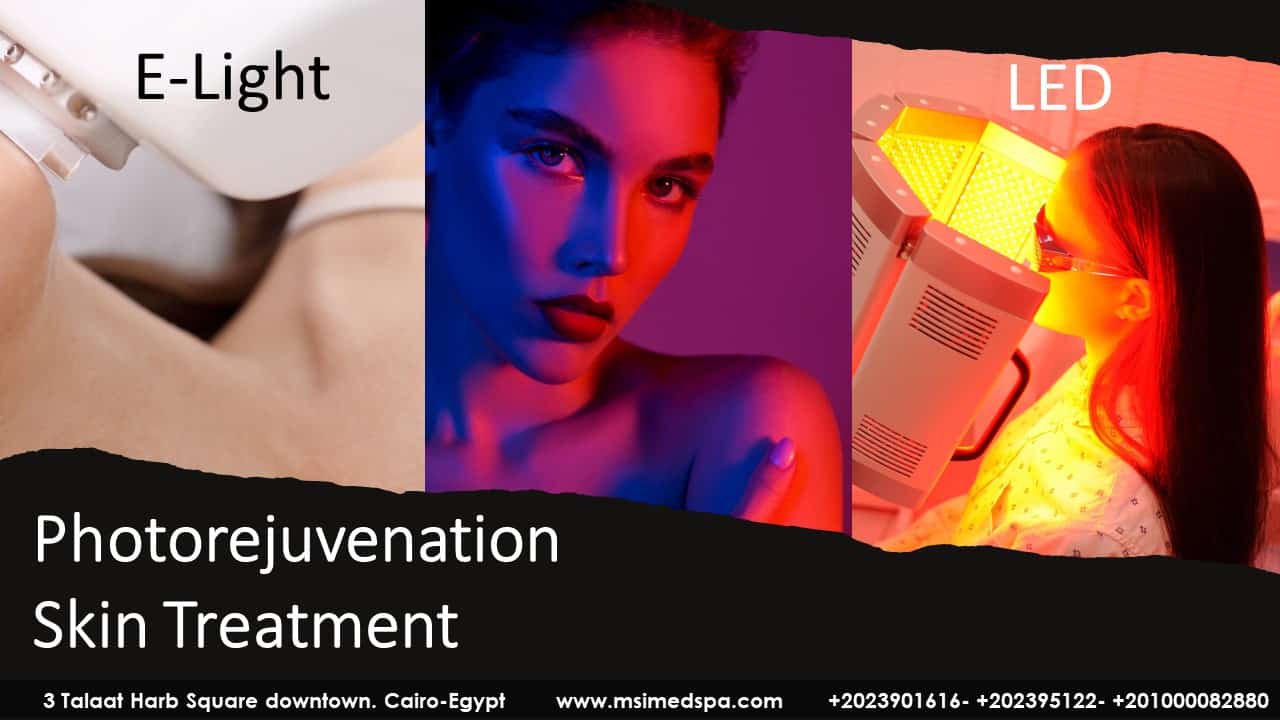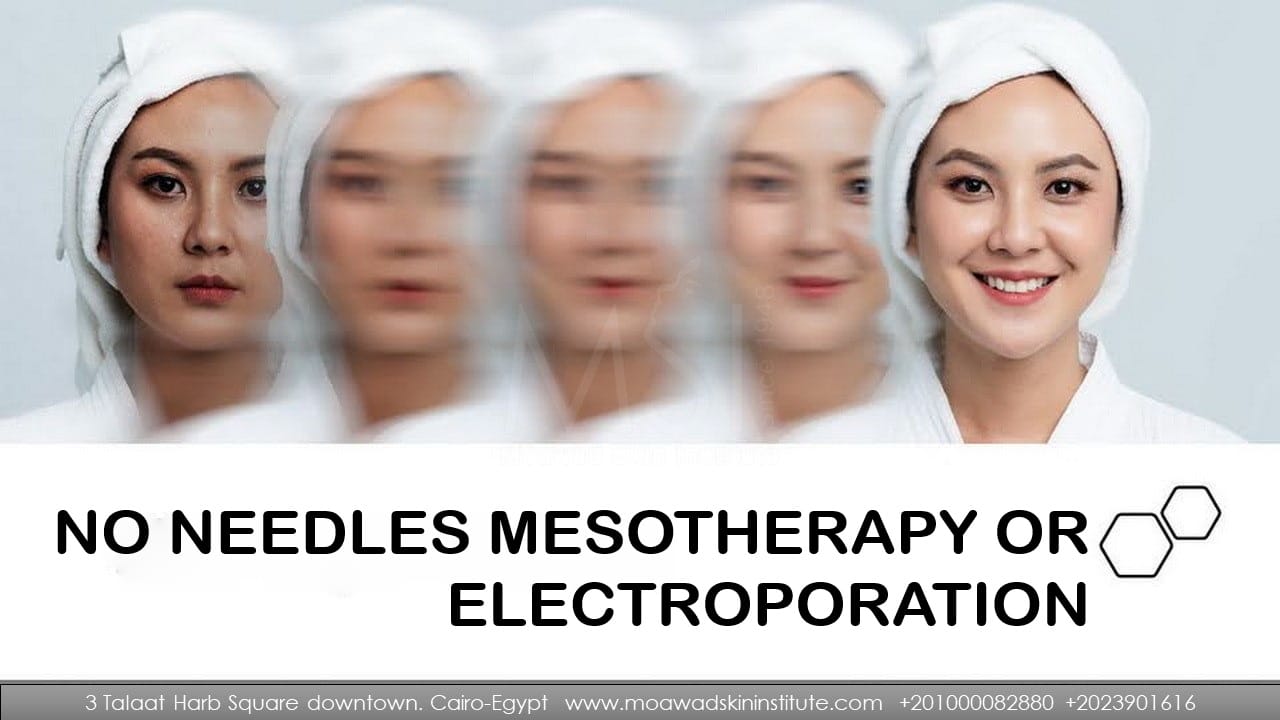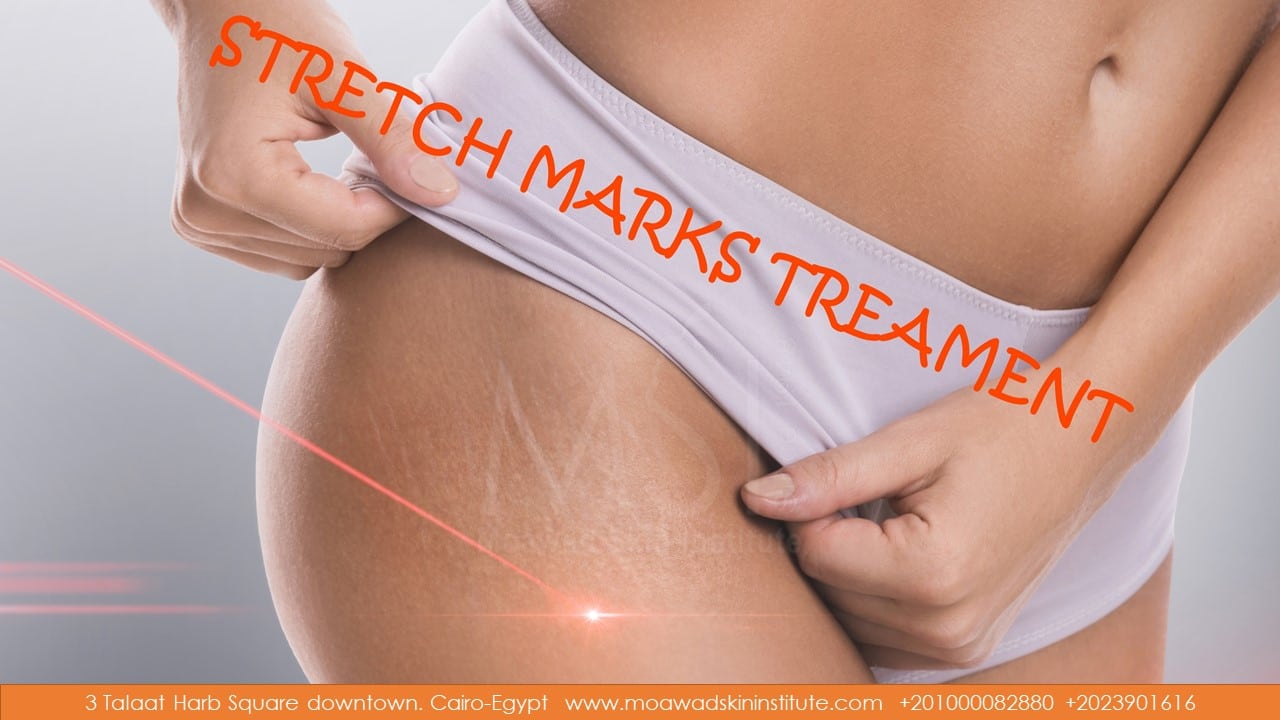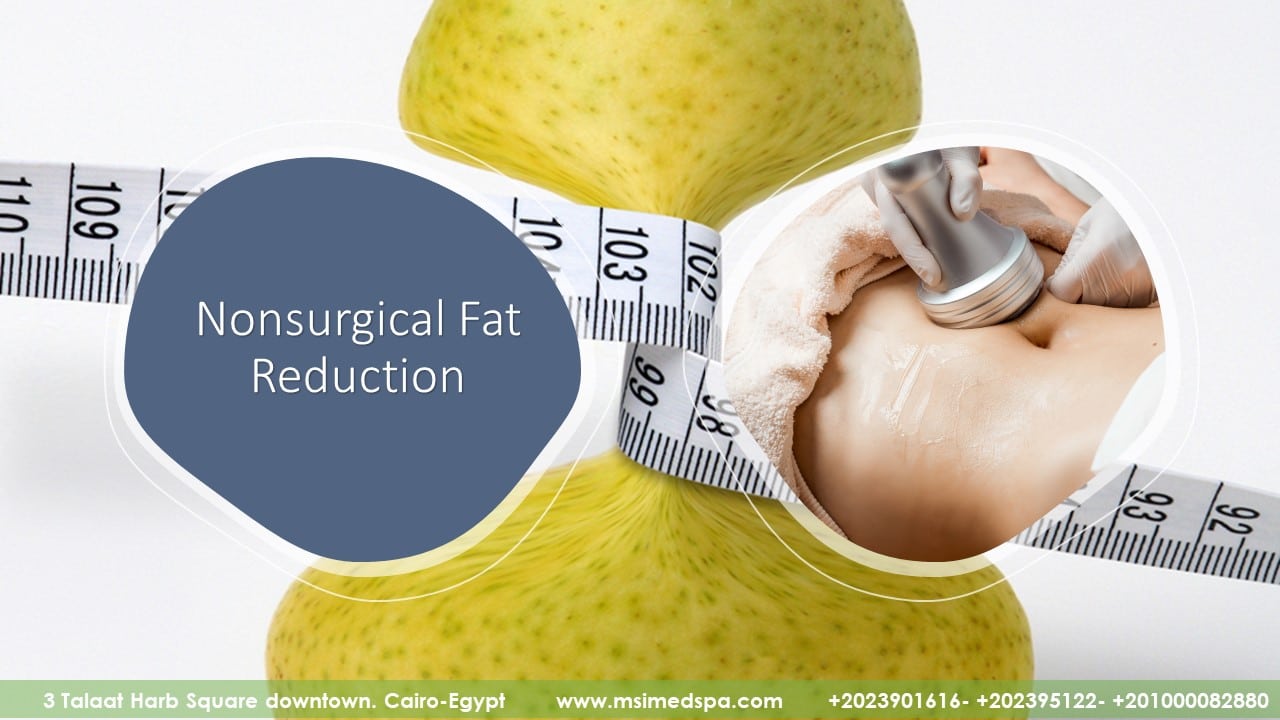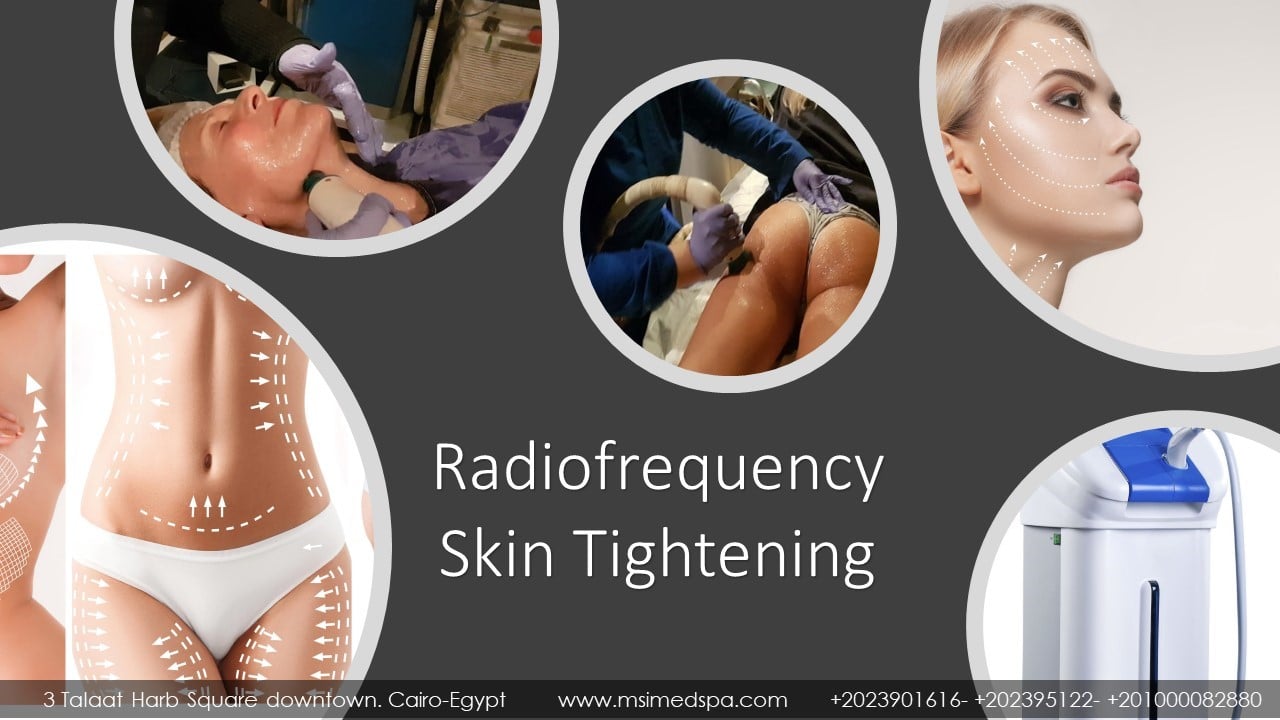[videopress S1nxI7Ur]
The variety of spa equipment reflects the preference and experience of Prof Moawad, the medical director and owner of MSI. Professor Moawad and his qualified team offer MSI medical spa services. Services include; microdermabrasion, medical facials, photorejuvenation, cellulite treatment, radiofrequency, non-surgical skin tightening, non-surgical fat reduction, mesotherapy, and stretch marks improvement. More invasive procedures such as resurfacing, sclerotherapy, liposuction, fat transfer, other laser-assisted treatment such as tattoo removal are discussed under cosmetic dermatology.
